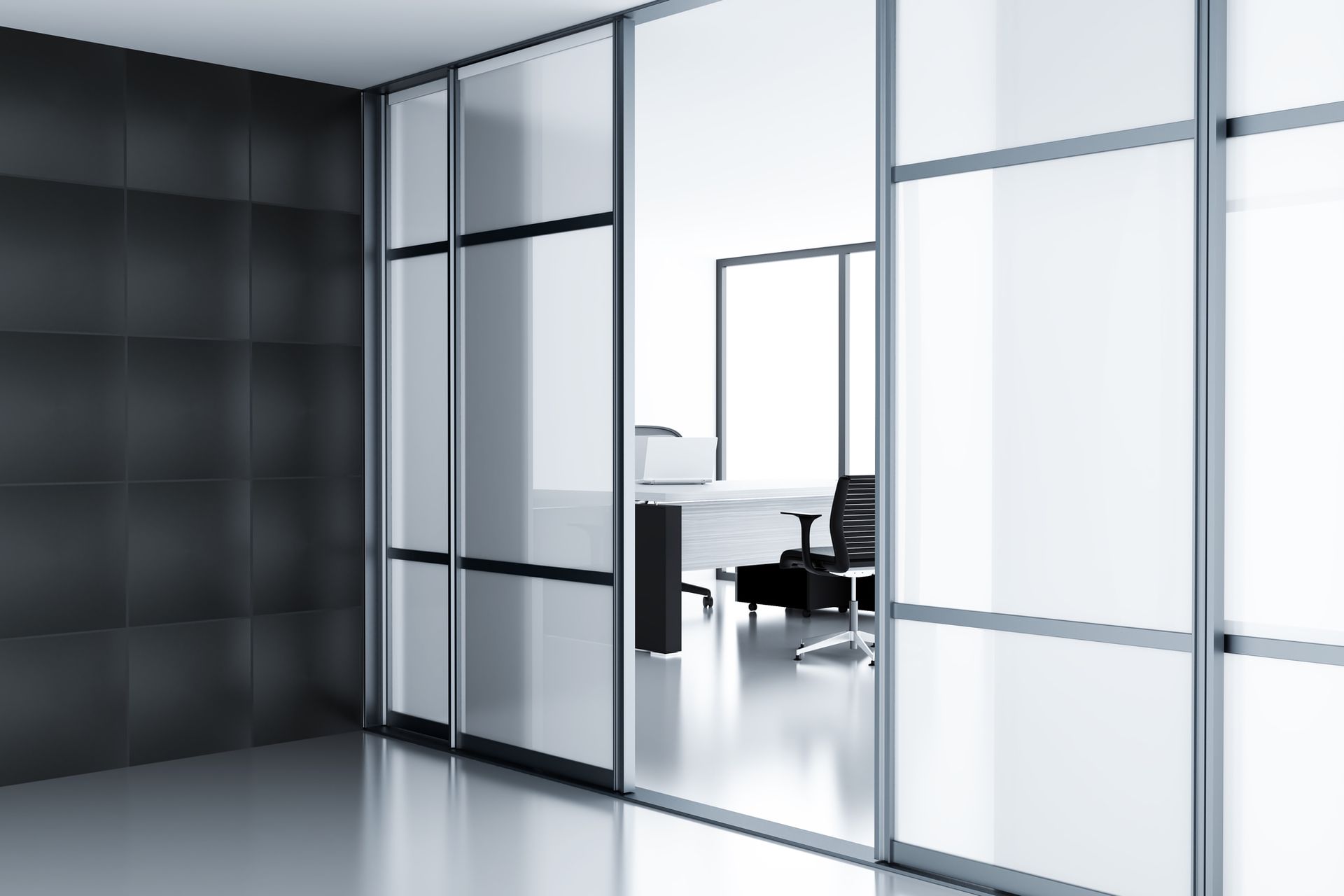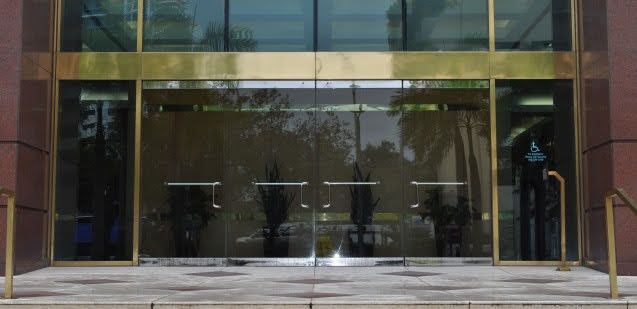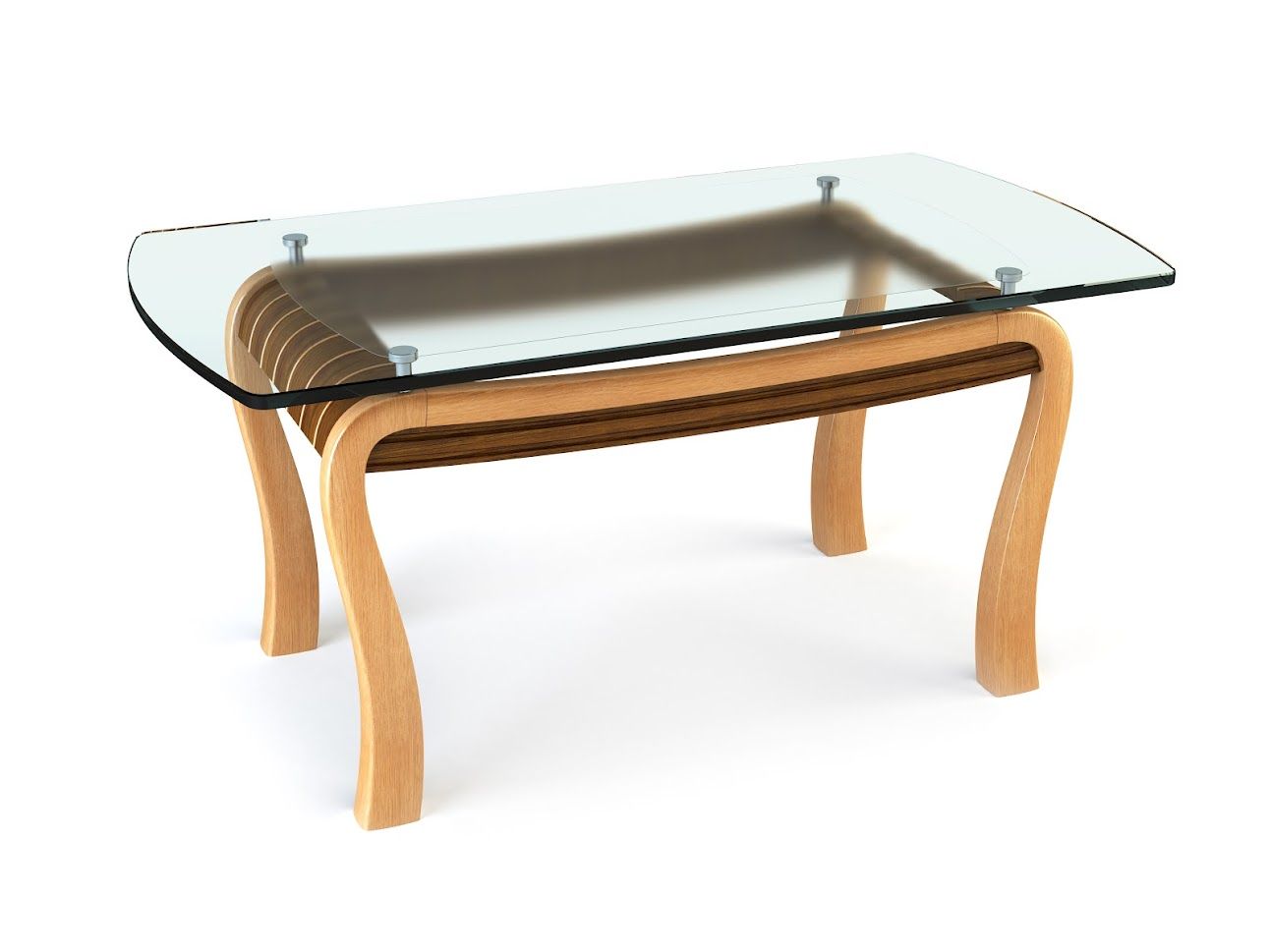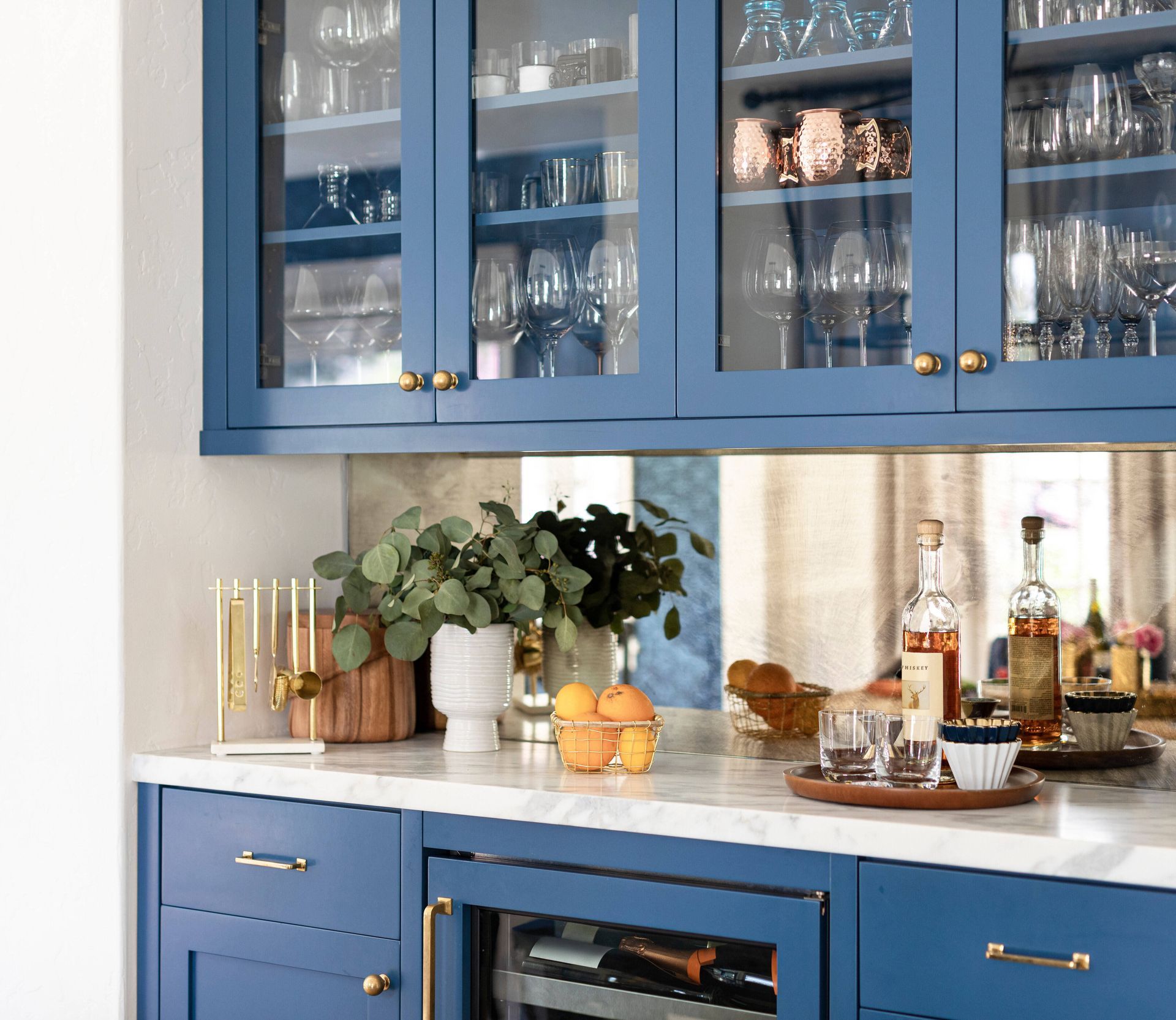All About Mirrors
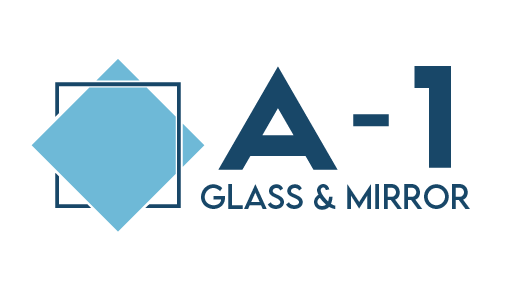
All About Mirrors
Although mirrors made from bronze, obsidian, and polished stone have existed for thousands of years, modern mirror glass became commonplace during the Industrial Revolution, when companies such as the still-operating Saint-Gobain utilized technological advances to mass produce mirrors made of glass. Today, mirrors have become so commonplace that the public expects large and numerous mirrors in almost every public space. Used prominently in restrooms, clothing stores and gyms, mirrors can provide comfort before a nerve-wracking job interview, spaciousness to a confined office, or safety in a home gym or yoga studio. While mirror glass purchasing, installation, and maintenance may appear uncomplicated, a wise general contractor or homeowner will avail himself or herself with the full breadth of mirror glass considerations.
Weight and Thickness
Mirrors come in a large variety of sizes, shapes, and thicknesses. From mass produced automobile mirrors, to curved mirrors used to prevent shoplifting or improve driver safety, to custom artwork in tiled bathrooms, mirror glass is prized for its versatility. Mirrors come in a large variety of compositions and thicknesses, however most mirrors come in a standard thickness of ¼”. Quarter-inch mirrors are a good compromise between strength, weight, and durability, as most ¼” mirrors also fit into the recesses of frames and cabinets, making mirror thicknesses other than ¼” uncommon. Because most mirrors are mounted vertically on walls, the weight of a mirror must be heavily considered. Large panels of mirrors are often requested for both public and private gyms and fitness studios, however one should expect a standard 8’ x 5’ mirror panel to weigh well more than 100 pounds. As mirrors increase in weight in direct proportion to their square footage and thickness, a wall-to-wall mirror in a basement home gym may look great, but just how in the world are you going to move it?
Shape
Rectangular mirrors are most commonly encountered, especially in restrooms and fitness settings. However, mirrors can be cut to almost any shape imaginable. Realize that although a sheet of mirror glass can be cut into that custom eleven-point star shape for the rotary club’s meeting room, the price of a custom mirror increases in proportion to the amount of labor and complexity of its fabrication. Generally, circular mirrors, mirrors with cutouts for electrical sockets, asymmetrical or beveled mirrors, and mirrors with custom and intricate designs cost much more than standard square or rectangular mirrors.
Edgework
In general, mirrors can receive the same types of edgework as clear glass. The edges of mirrors can be polished or grinded, flat or rounded, or even specially shaped, and the faces of mirrors can be beveled for a more complex design. Beveled mirrors and those with detailed ornamental designs can be a great addition to your home or office space, however the directions of light sources, sight lines, and glare must all be deeply considered before purchase. While mirrors can be very elaborate or “busy” with design details, customers generally elect to install mirrors that exhibit elegant simplicity.
Mounting Techniques
Every mirror requires two things to be mounted: 1) something to rest on, and 2) something to adhere to the surface behind it. Mirrors can be mounted in frames made of wood or other materials, although the most common method of mounting mirrors in bathrooms and gyms is directly to the wall. To accomplish wall mounting, most homeowners choose to rest a mirror on a type of metal mounting hardware called a “J-channel” or other more decorative bracket. J-channels can be used solely at the bottom of a mirror, or can be installed top-and-bottom for a decorative touch. To adhere a mirror to the wall behind it, a special adhesive known as “mirror mastic” must be used. Mirrors installed by unskilled labor are often mounted with regular adhesives like glue or double-sided tape, however standard adhesives will de-silver mirrors over time, creating a blotchy or mottled appearance reminiscent of partially-erased pencil. Though mirror mastic is a specialized adhesive, it is widely available and generally inexpensive.
Out-of-Squares
Most walls are not perfectly straight; the industry term for this is “out-of-square.” Although the wall of a master bathroom may appear to be straight to the naked eye, the addition of a perfectly rectangular vanity mirror may expose a wavy wall or out-of-square backsplash. For this reason, most homeowners choose professional glass companies to mount their mirrors, as specialized tools such as laser levels are standard issue to experienced glazing companies. While the cost of professional mounting may seem prohibitive at first, the transport and mounting of a 100 lb vanity mirror can prove very problematic to inexperienced hands. Therefore, the modest installation fee charged by a glass company should be weighed against the “cost” of every house guest asking why your mirror is off-center and your wall isn’t straight.
Modern Mirrors
Today, specialized mirrors are becoming much more commonplace. Backlit or LED mirrors are finding their way into more clothing stores and malls, graffiti-resistant steel mirrors are often seen in restaurants, and specially curved or magnified mirrors are now affordable enough to sit on every makeup counter. While mirror glass is rarely safety-tempered, a specialized film known as “safety backing” is often applied to mirrors in high traffic areas such as gyms or dog grooming salons. Safety backing is a wise choice for areas where accidents are anticipated, as it will ensure the mirror remains adhered to the wall – and prevent mirror glass from falling onto the floor – even if shattered by an errant barbell or other falling object.
Applications and Considerations
Mirrors can be purely utilitarian in function, a fashionable aesthetic design choice, and even used in religious or spiritual practices such as Feng Shui. Design choices such as bevels, specialty shapes, and edgework should be carefully weighed against the overall design intent of the space, as well as the adjacent hardware, fixtures, and artwork. For example, a rounded mirror with a wide bevel and highly polished edgework may distract the eye in a minimalist-style home; conversely, a standard rectangular mirror with grinded or matte edgework may interrupt the flow of an artfully-decorated wall. Other considerations such as weight, shape, edgework, mounting techniques, utility, and overall interior design must also be scrutinized before a mirror’s design is decided. Fortunately, the mirror experts at A-1 Glass & Mirror can be counted on to offer advice for all things mirrors; a quick phone call away at 503-646-9641, our friendly glaziers and staff are always happy to provide professional recommendations for your mirror project.
Reliable – Quality - Friendly
Since 1955
A-1 GLASS & MIRROR
5465 SW WESTERN AVE STE. J
BEAVERTON, OR 97005
T: 503-646-9641 F: 503-643-9439


Browse Our Website
Contact Information
Phone: (503) 646-9641
Email: info@a1glassandmirror.com
Address: 5465 SW Western Ave Suite J Beaverton, OR 97005
Office Hours:
- Mon - Fri
- -
- Sat - Sun
- Closed
License #: 236963 - Oregon
A1GLAGM787N9 - Washington
